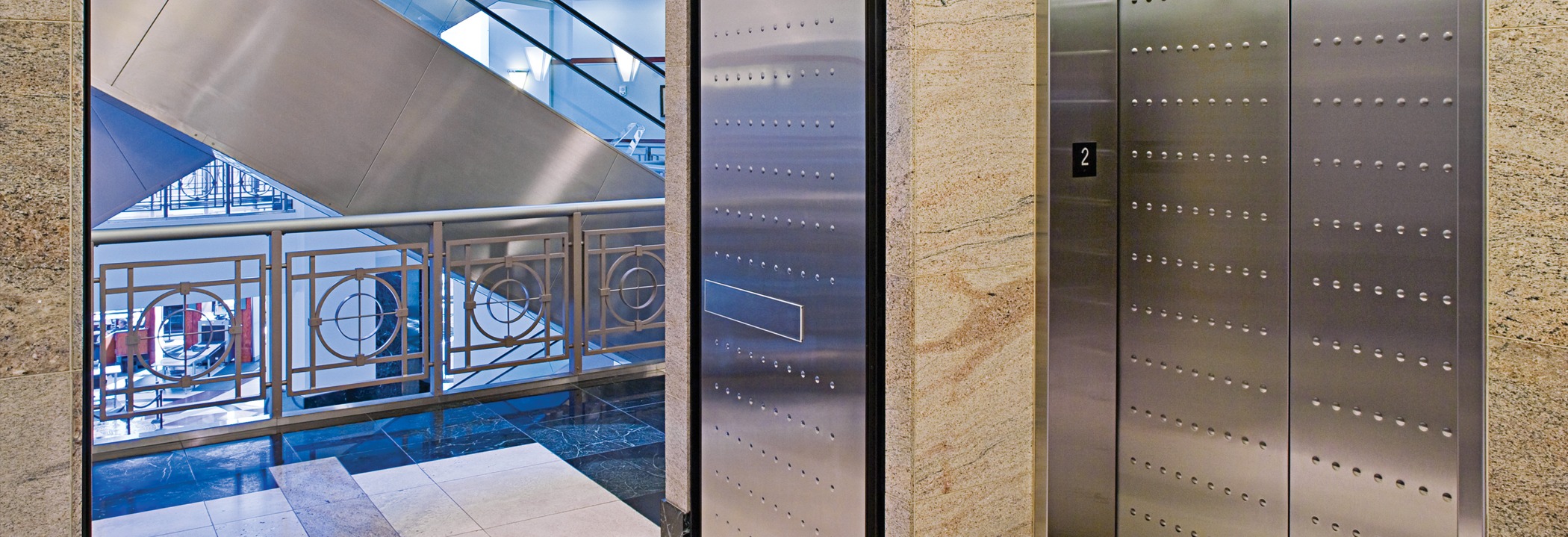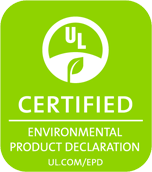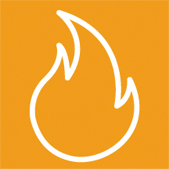Know Your Code
We’re the experts, so you don’t have to be.
Total Door Systems meet all life safety and compartmentalization requirements without sacrificing the architect’s vision. Our doors meet all fire codes and ADA guidelines, are BHMA-certified, and are sustainably manufactured with a UL EPD.
Know Your Code Downloads
We’re the experts, so that you don’t have to be.
Download our short list of need-to-know requirements related to smoke containment.
FAQs
There are a lot of misconceptions surrounding building codes. Does your door meet the code?
Q. Does the hoistway protection door need to be fire rated and smoke rated?
Q. Why is a vision panel required?
Q. How does a door need to be tested to comply with UL 1784?
Q. What type of glass is required?
Q. Where can you find the code?
Exception No. 3 – Enclosed Elevator Lobbies:
“Enclosed elevator lobbies are not required when additional doors are provided at the hoistway opening in accordance with section 3002.6. Such doors shall comply with the smoke and draft control door assembly requirements in section 716.5.3.1 when tested in accordance with UL 1784 without an artificial bottom seal.”
IBC 2015 Section #3006.2
Hoistway Opening Protection:
“Such doors shall comply with the smoke and draft control door assembly requirements in section 716.5.3.1 when tested in accordance with UL 1784 without an artificial bottom seal.”
IBC 2012 Section #3007.7.3
Fire Service Access Elevator Lobby Doors
IBC 2015 Section #3007.6.3
Fire Service Access Elevator Lobby Doors
“Other than the door to the hoistway, elevator control room or elevator control space, each doorway to a fire service access elevator lobby shall be provided with a ¾-hour door assembly complying with 716.5. The fire door assembly shall also comply with the smoke and draft control door assembly requirements in section 716.5.3.1 when tested in accordance with UL 1784 without an artificial bottom seal.”
IBC 2018 Chapter 30 Elevators and Conveying Systems
3006.2.1 Rated Corridors.
3006.3 Hoistway opening protection, Line No. 3
Additional doors shall be provided at each elevator hoistway door openings in accordance to section 3002.6. Such doors shall comply with the smoke and draft control door assembly requirements in Section 716.2.2.1.1 when tested in accordance with UL 1784 without an artificial bottom seal.
Continuing Education
View our most recent continuing education courses.
Code Requirements for Fire Rated Doors
The role of a fire rated door is to maintain the integrity of a fire rated enclosure in the event of a fire, giving building occupants enough time to exit the burning building. This course is an introduction to fire rated doors and a general review of the fire codes that relate to fire doors and hardware, referencing IBC 2012, 2015, and 2018, NFPA (National Fire Protection Association) regulations, and the ADAAG (Americans with Disabilities Act Accessibility Guidelines).
AIA/CES Smoke Containment Strategies
The spread of smoke in mid- and high-rise building fires is recognized as a major threat to the safety of the building occupants and responding fire personnel and the effectiveness of firefighting operations. This course explains how smoke migrates in a multi-story building fire and discusses how building codes have evolved to address this danger and why they mandate smoke containment in specific areas of a structure. Product applications and assemblies designed to meet building code requirements and limit vertical smoke migration via elevator hoistways and lobbies are examined.
Integrated Fire and Smoke Door Systems: Specifying Your Own Safety Net
Learn about integrated door systems, sustainability, compliance, and code. Understand the importance of smoke and fire protection in various applications and vertical markets and how with the proper protection from integrated door systems you can save lives.
Certifications
ANSI/BHMA A156.32
Standard for Integrated Door Opening Assemblies
UL EPD
Environmental Product Declaration
Fire/Smoke Rated Doors
ASTM E152, UL 10C, UL 1784, NFPA 252, and UBC standard 7-2 (1997) parts I and II, as well as with Canadian standard CAN4-S104-M80.IBC, ADA compliant and local compliant





